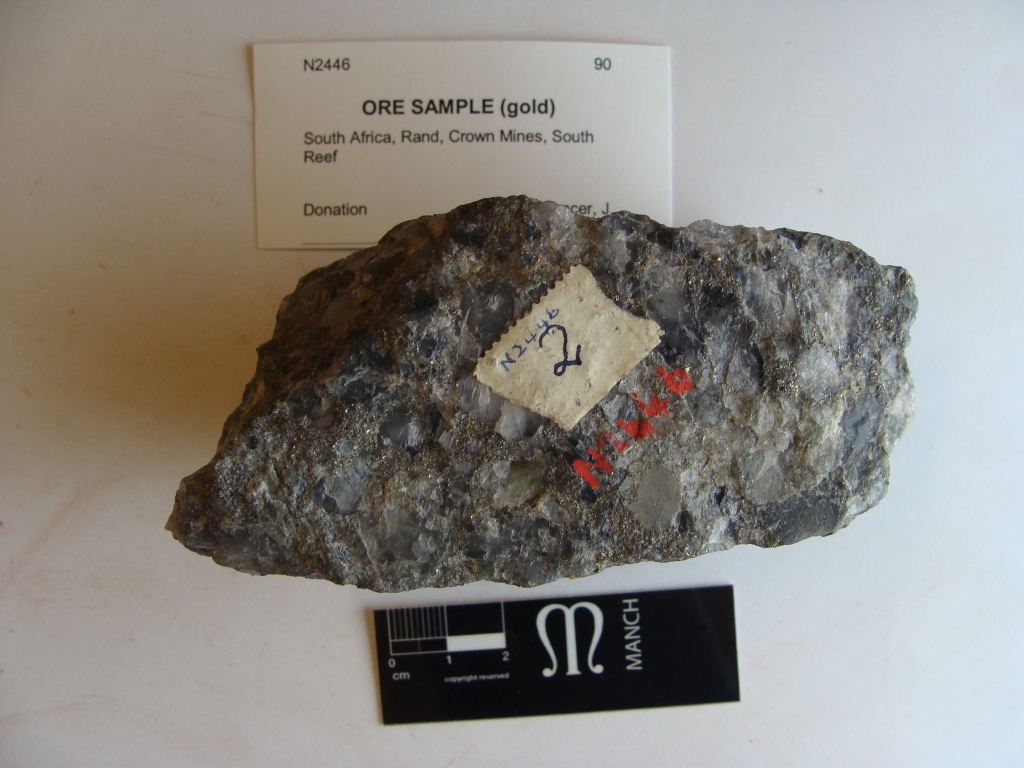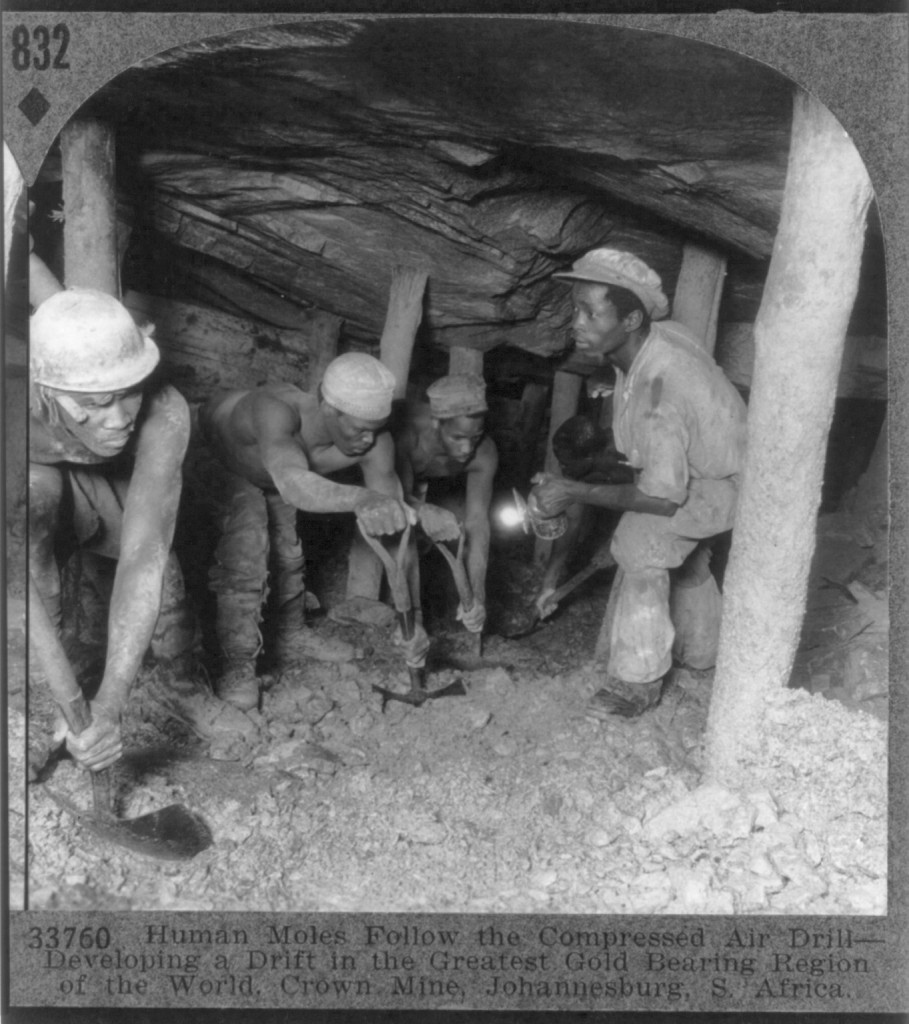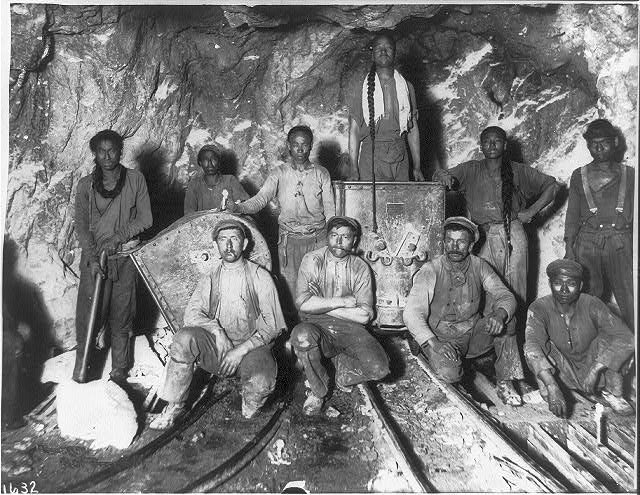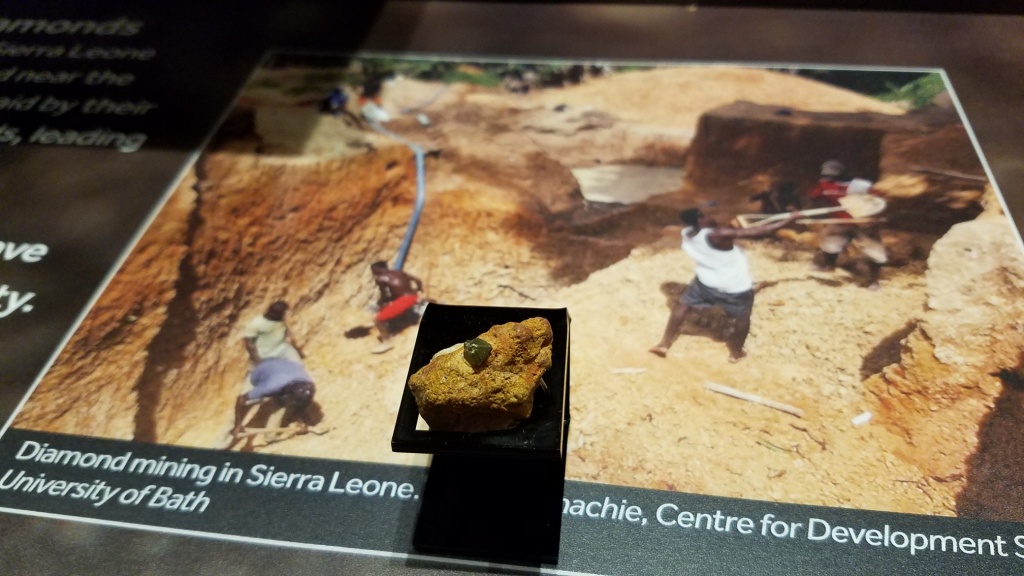A few weeks before lockdown I was able to open our new mineral display. It was a great opportunity to show off our stunning gemstones, gold and diamonds. More importantly it was a chance to tell some of the hidden stories of how we got the collection and the people involved. The history of Black and Indigenous peoples, and the role of empire in museum natural history collections is largely unknown or ignored. Since finishing the display, I’ve had chance to uncover more information and think about how museums needs to change going forwards.

I decided to use archive images as a powerful way of telling the stories of who discovered our specimens. The images are from South Africa in the early 1900s and show the miners working at the time our gold was dug out of the ground. We have never told these stories before.


By 1908, 12% of the Rand Gold Mines workers were indentured Chinese people. Strong opposition to their presence from the White community meant there was compulsory repatriation after three years of labour. Between 1904 and 1910, over 63,000 Chinese miners were brought in to work on South African gold mines. Annual reports of the South Africa Chamber of Mines show that in the first 30 years for the twentieth century a total of 93,000 African miners died of disease on the Witwatersrand gold field and 15,000 miners died during work-related accidents.
In contrast to the stories of the South African miners from over a hundred years ago, the Museum’s Sierra Leone diamond gave me an opportunity to show the lives of miners there today. I was able to link the Museum’s Sierra Leone diamond with research by Roy Maconachie, from the Centre for Development Studies, University of Bath to tell the story of ‘Blood Diamonds’.

Diamond mining is Sierra Leone’s most lucrative export industry, with an annual production of up to $USD 250 million. Due to poor governance and corruption, only a fraction of this wealth returns to the people who mine the diamonds. The miners are only paid by their ‘supporters’ if they find diamonds, leading to a highly unequal relationship. This is the first time this story has been told in a UK museum.
These stories are often difficult to tell and difficult to hear. They are stories of racism, abuse and exploitation. I have found that the exhibition development process inevitably involves editing stories and cutting some stories altogether. Simple stories that can be quickly grasped by the public, are usually the ones that make it through the editorial process. This means that very often, the stories about Black and Indigenous peoples are not told. This institutional racism across the museum sector perpetuates the status quo and must be challenged.
I gave a presentation about this work at the Natural Science Collections Association ‘Decolonising Natural Science Collections’ conference.
Filed under: Uncategorized | Tagged: Decolonisation, Empire, minerals | Leave a comment »



